Neuroscientist Anil Seth brings wide interdisciplinary knowledge to this exploration of the science of consciousness. Seth rejects the view that consciousness is beyond understanding, but rather than attempt to explain it directly, he explores the ingredients of consciousness in a bid to solve the mystery piece by piece. In the process, he sets out a radical view of human existence in which the mind and body intermingle, the perception of reality turns out to be hallucinatory and even humans’ sense of self exists only in the mind. Seth offers a challenging, insightful and lucid account of what it means to be conscious.
Why consciousness exists remains a profound mystery.
The contents of consciousness are all humans know of the world and themselves — so the question of how the brain constructs its experiences means everything. How the human brain’s billions of neurons and connections combine and interact to create self-awareness has puzzled philosophers and scientists since time immemorial. Thinkers have long debated even the fundamental question of how to define consciousness.
For modern philosopher Thomas Nagel, consciousness meant the presence of any subjective experience at all. In a seminal article, “What Is It Like to Be a Bat?” Nagel argues that bats have a particular subjective experience, and so do humans, although neither can ever understand the other’s experience. In Nagel’s view, any phenomenological experience counts as consciousness, even that of a being that lives for just an instant — if it experiences any sensation whatsoever.
Other theories of consciousness set a higher bar. For example, the higher-order thought theory holds that only creatures capable of representing their own mental states in a particular way qualify as conscious beings. This definition...










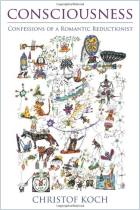

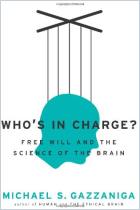
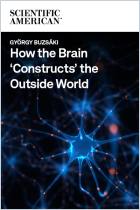
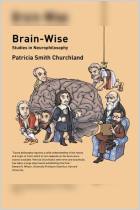
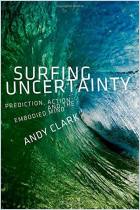



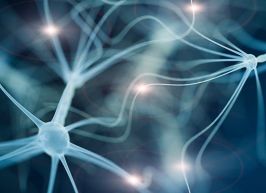

Comment on this summary or 开始讨论